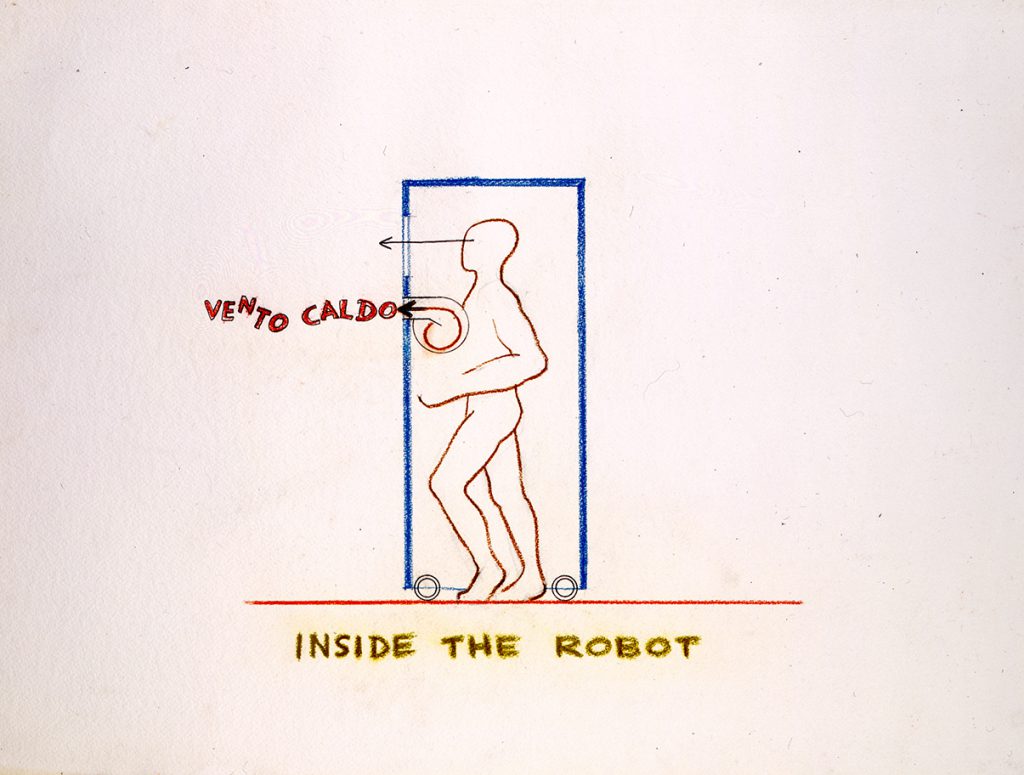Nicholas Campbell, Arielle Chiara, Madeline Coven, Elizabeth Lee Freedman, Ali Paydar, Eduardo Salas, Elana Scott, Esther Willa Stilwell, Emma Stolarski, Everest Strayer, Jo Terrien, Isaac Watts
April 26-May 12, 2018
Pitzer College Art Galleries:
Nichols Gallery, Broad Center
The Lenzner Family Art Gallery, Atherton Hall
Salathé Gallery, McConnell Center
Opening Reception: Thursday, April 26 from 5 – 7 pm
Artists’ Statements
Group Statement
These are actions of thought that connect human and non-human states.
Constantly in process, towards decay and newness, experimenting, playing, fighting, holding and eroding.
From the inside one can see the impossibility of a here.
Instead we construe a there, to nurture and embody, while maintaining its strangeness. We hope to allow the casting to be a species, able to produce, grow, and dissolve.
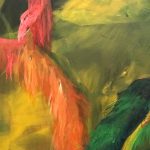 Nicholas Campbell
Nicholas Campbell
I paint images where subject matter is in the process of individuation from the background. Individuation describes the manner in which a thing is identified as distinguished from other things. Each painting contains figures in a different stage of individuation. These subjects loosely adhere to a geometric structure but are undefinable as respective shapes. [clear]
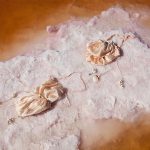 Arielle Chiara
Arielle Chiara
Soft and sensitive body is forming. Bed of salt, silk body and rock memory recording strata of absent-present half-buried and fluid traces, material formations and precipitations, biomineralizations, shell and pearl, hair and nail. These saturations, opal gels filling pores and bone casts, deserts which were once ancient seas, their water carved puffy clay mounds and salty salt flats of mind process and site. Beds laid and layered, sweet fragile constructions built up from memory-space, eroded out like precious tooth pearl, silky love pearl and fragile purse shell. [clear]
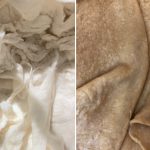 Madeline Coven
Madeline Coven
This work is a series of castings of my bathtub using dough, soap, clay, and wool. I am exploring how each of these materials relates to this space and behave differently within it. The bathtub is a place of ritual and care, making the material relate to caring for another body. Working in my living space allowed me to get to know and live alongside the material, as one would grow to know a person or place. [clear]
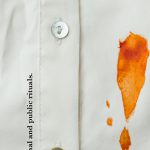 Elizabeth Lee Freedman
Elizabeth Lee Freedman
Elizabeth Lee Freedman is interested in tracing seemingly ordinary recurrences, such how pickles appear in a grandmother’s kitchen, Shakespeare’s “The Tempest”, and Gwenyth Paltrow’s food blog. In A Provisional Collection, she loosely draws from the literary format of the short story to explore the ritual of cooking. Plucking out stories of elaborate traditions, memorable feasts, and even musings on specific ingredients, her collection offers a processional tasting of personal and public rituals. [clear]
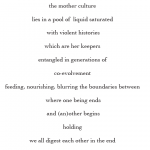 Ali Paydar
Ali Paydar
Ancestral cultures, through care and kinship, always impure are kept alive in the bodies that carry them. A Persian-futurism is enacted through this ritual of ingestion, multispecies collectives, and ingredients potent with symbolic meaning. These fermented honey-wines entangle these complex histories and relations, of interdependence, colonization, diaspora, death, preservation, renewal and joy. May we celebrate the porosity of bodies and boundaries together. [clear]
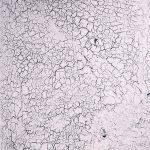 Eduardo Salas
Eduardo Salas
Veins pumping, water flowing, cracks developing, wrinkles forming; it is these overlaps: between body and nature, between aesthetic and physical that I seek to uncover. A physical, tactile awareness specific to all of life; life happening through sight and touch, bodily memory, life happening through acton and imprint, residue. The result is an interaction that continues to blur the lines between nuanced natural forms and the reimagined and recreated in man made terms. [clear]
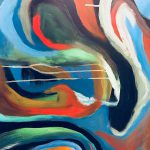 Elana Scott
Elana Scott
It is about Chaos. Pain. Instability, of the most certain and change. A wonderment of survival, childhood woes and teenage fantasies culminating into adulthood… A phenomenology of quite prose, makes me quiver in fear of shame and broken laughs of what was told. Was it my fault, or your fault at all? Sex embedded bodily qualms of indoctrinated incarnations of pleasure and pain, we get hurt… Then we move on. A ploy in communication. Healing of fragmented selves. Privilege deployed, who I am, to tell you how to be thinking itself into time? Surging motifs, in qualified beliefs. Fun in a house, or a house in healing. Departed in myself. Step in please. Breathe. [clear]
 Esther Willa Stilwell
Esther Willa Stilwell
Esthertopia acts as a satire of humans’ desire for utopia. Using Sims I created a video that asks questions about the nature of play and labor. I give viewers a choice: glance at the video and understand it or spend time with it and experience it. I invite you to occupy Esthertopia and fill it with your thoughts, experiences, and truths. [clear]
 Emma Stolarski
Emma Stolarski
Some believe life was formed through clay, when the oceans were vast and we were still dust. Clay is my caregiver, my companion, and my ancestor. Our bodies linger with this memory in our subconscious, the legacy of life in the lifeless. [clear]
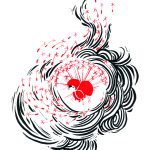 Everest Strayer
Everest Strayer
This work was created in conversation with the idea of space/place. How the binary of space and place create moments of movement and pause, how are these actions of movement and pause mediated by the construction of built space. The mediation of these movements in built space are a map, they are full of suggestions of how we ‘should’ interact with a given environment. The preservation of constructed spaces as a means of identity formation and collective narrative creation, is something this piece hopes to entangle. How might porous and permeable spaces complicate ideas of how to interact with a space/place and how might this destabilize ideas of identity? How might built space be recreated as a means to create opportunities for transition and melding of spaces? [clear]
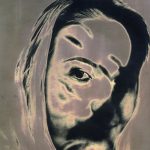 Jo Terrien
Jo Terrien
As we are born and as we grow up, and until our death, as people we built. Through what our parents teach us and then through what our individual experiences show us we are constantly building our identity. Whether it be through relationships, languages or art, we are constantly changing as people. By going against the traditional portraiture, this series shows the complexity of one’s identity through deformation of the body. [clear]
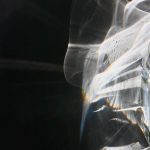 Isaac Watts
Isaac Watts
Return Signal generates patterns of light and sound from the physical presence of viewers. Potential, kinetic, sonic, electromagnetic, a series of energetic transformations vibrate the space. Media are rigid and fluid, formed in transition. [clear]
 WORLD IS WATCHING – MANIFESTO
WORLD IS WATCHING – MANIFESTO
